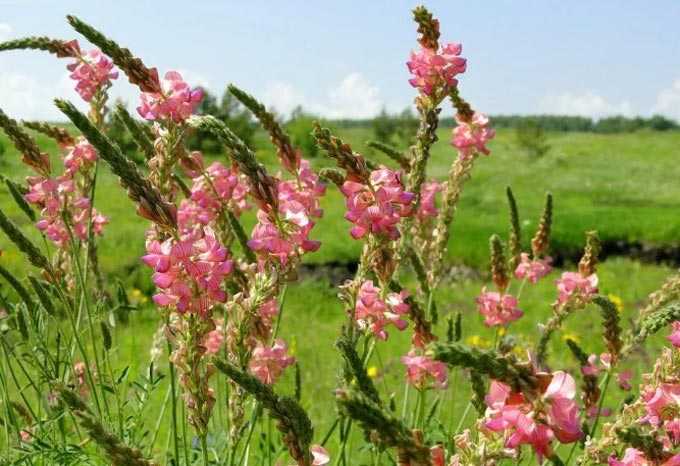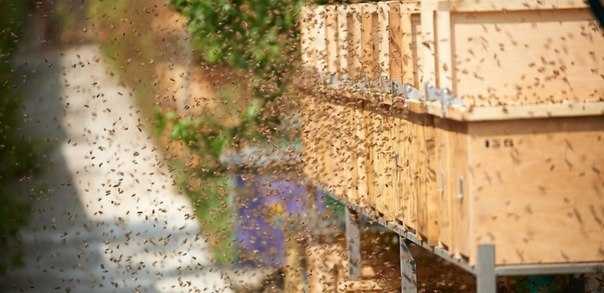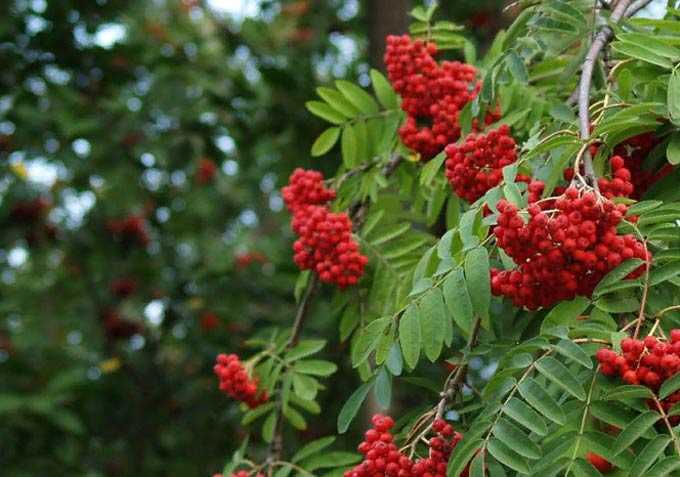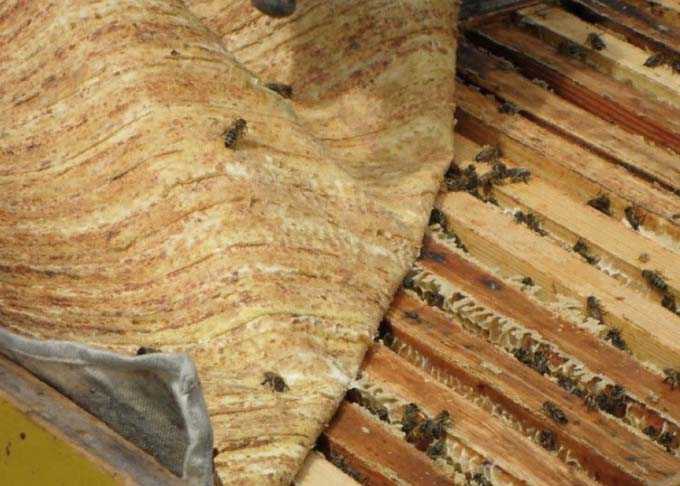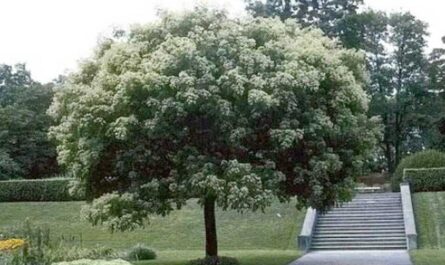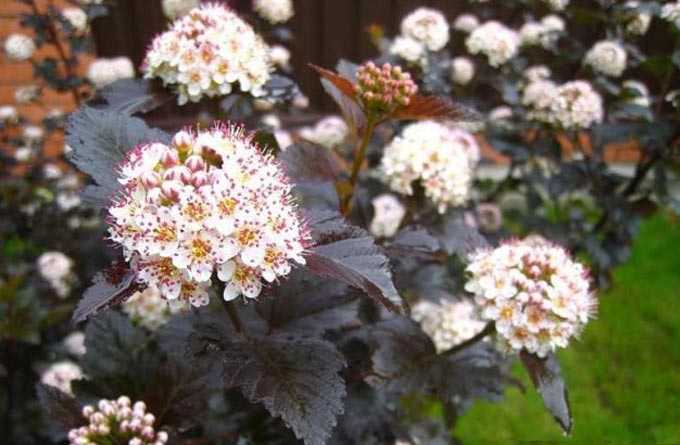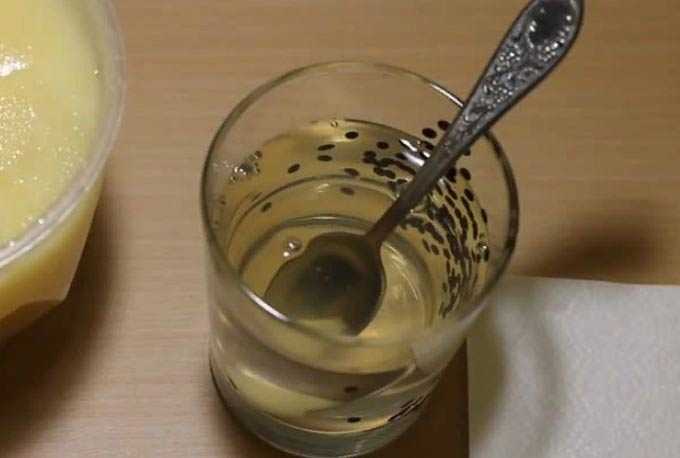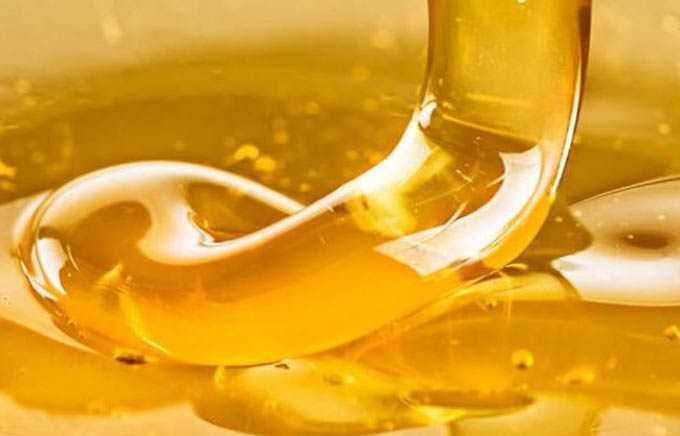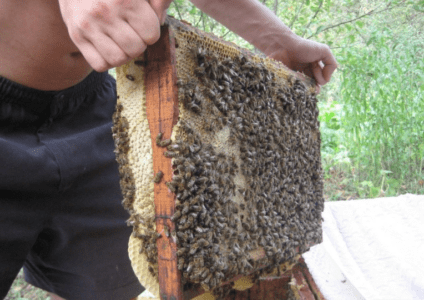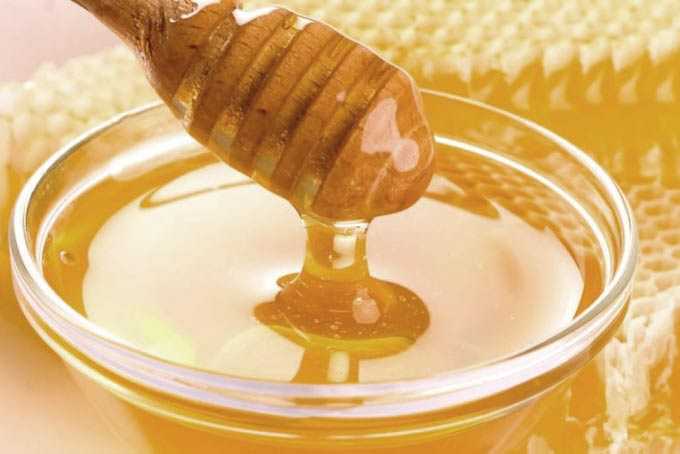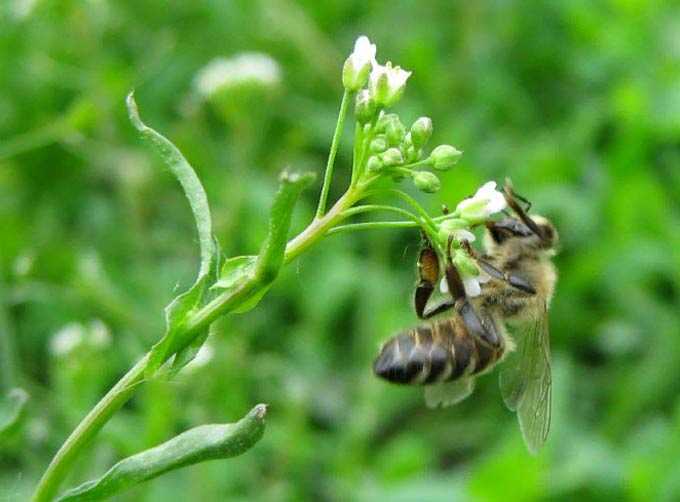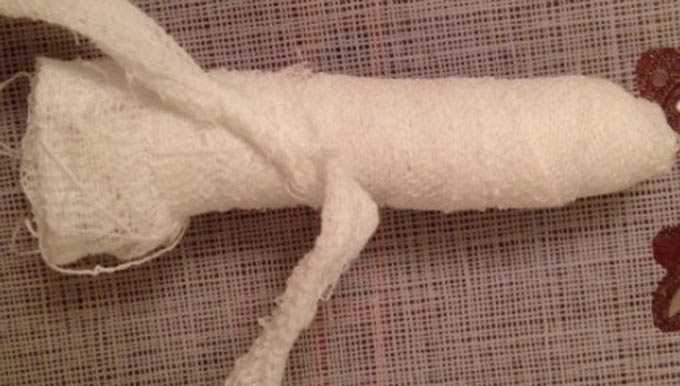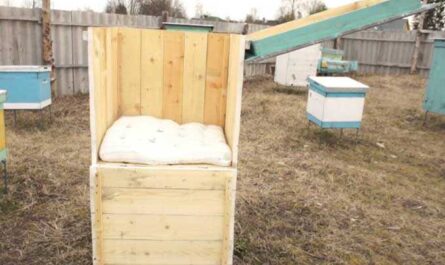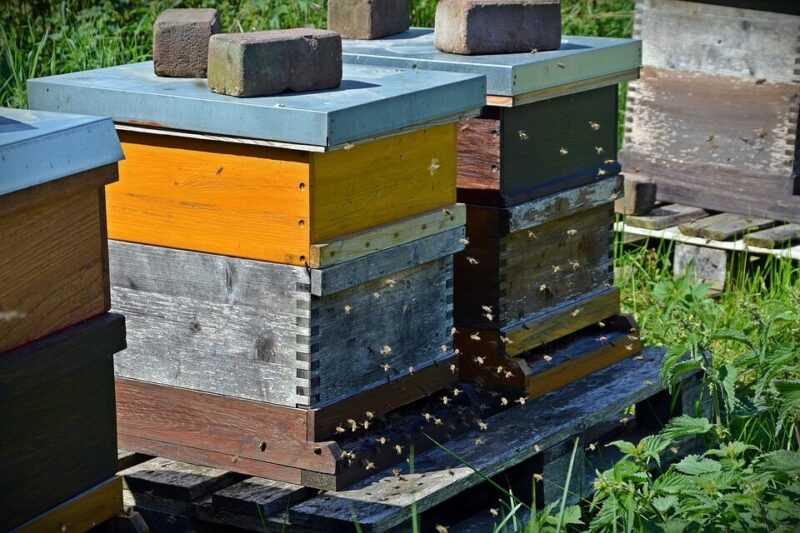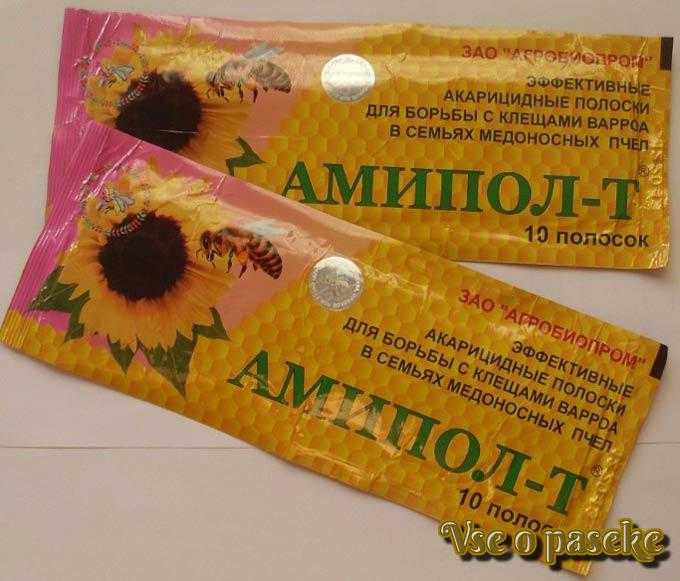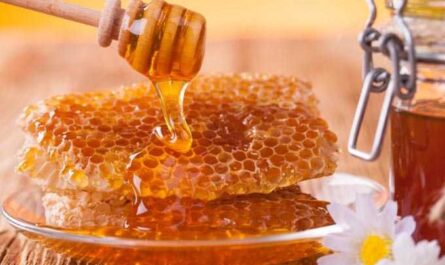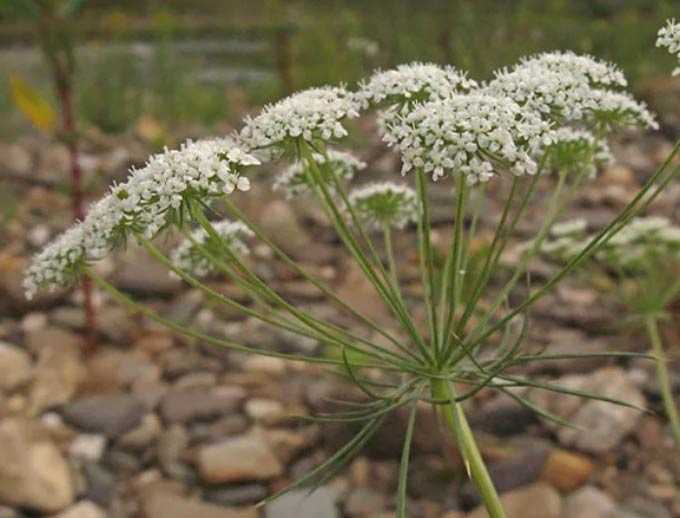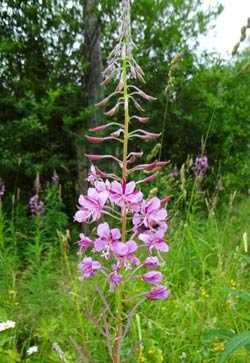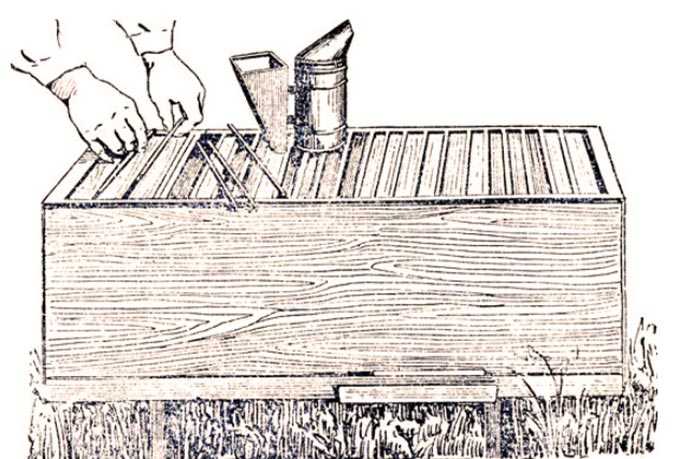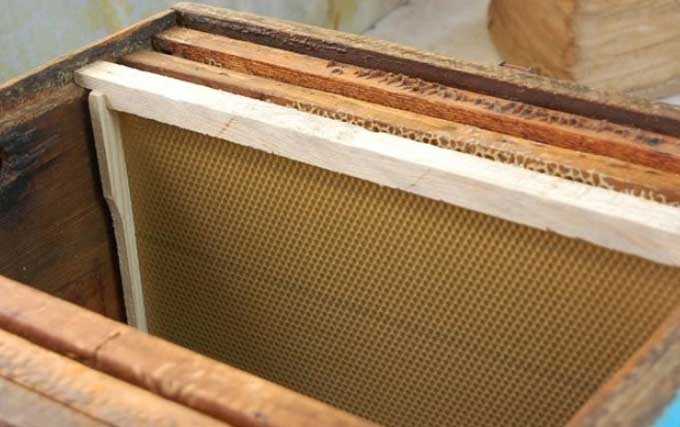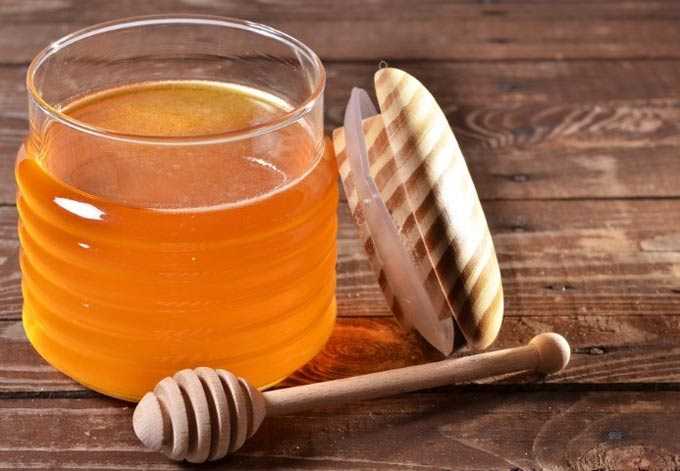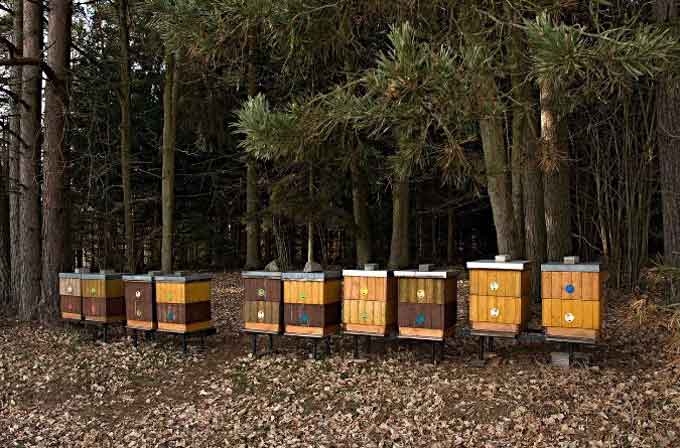Sainfoin honey plant is a perennial herb from the legume family. It occurs naturally in forest-steppe, coastal zones, on the slopes of the Crimean and Caucasian mountains. It is cultivated as a fodder crop in the southern and European part of Russia.
The content of the article
- 1 Appearance
- 2 Honey productivity
- 3 Agrotechnics
- 4 Useful Properties
Appearance
The grass has multiple erect stems, paired oblong leaves. The inflorescences are collected in tassels with a bright pink or purple hue.
Popularly known as hare peas, odolen, burkun.
Varieties of sainfoin that have value for honey collection:
- Sandyreaching a height of 70-80 centimeters. Blooms in late June in the first year after disembarkation.
- Sowing – one of the highest grades. The height of this herb can be up to 90 centimeters. The flowering period takes an average of 35 days. This biennial plant blooms massively in late spring.
- Transcaucasian, having bright red inflorescences, collected in cylindrical brushes. In the first year, immediately after planting, it blooms in the second half of summer. In the second year – at the end of May.
The flowering period of this plant reaches 35-40 days. Up to eighty small flowers develop in one inflorescence, but they do not bloom at the same time. The lower tier blooms first. Then all the flowers gradually open up to the very top. This feature allows bees to obtain sainfoin pollen and nectar for more than one month.
Sainfoin honey plant, which bees actively visit in the phase of full disclosure of inflorescences – from late morning until evening.
If the sainfoin is left to receive the sowing fund, the bees will bring nectar and pollen to the hives for the entire period of its flowering. During such a good and consistent flow, the uterus noticeably increase egg-laying – families develop much faster just before the onset of the main summer honey harvest.
Honey productivity
Sainfoin as a honey plant is extremely productive. Honey collection varies somewhat depending on the variety:
Sandy – from 40 to 120 kilograms of nectar per hectare. A good bribe depends on moderate humidity and good weather conditions. In one day, the bee colony can prepare up to 6 kilograms of marketable honey from this herb.
Sowing – an average of 50 to 160 kilograms per hectare. The bee family harvests 4-5 kilograms per day, and in record years this figure reaches 12 kg per day. Three weeks after haymaking, the sowing sainfoin blooms again.
Transcaucasian variety from one hectare provides 100-150 kilograms of marketable honey. One strong bee family harvests from 2 to 5 kilograms per day.
Marketable honey obtained from sainfoin has a characteristic taste that is difficult to confuse with other varieties. Light amber color. Crystallization occurs gradually – honey turns into a thick mass of whitish hue.
Agrotechnics
Often this crop is sown in meadows in combination with melilot and other perennial melliferous plants, as well as in fields adjacent to fodder corn.
These sowing methods are optimal for the crop. Sainfoin is winter-hardy, unpretentious to the quality of the soil – it grows equally well on eroded chernozem, calcareous and marl-chalk soils.
The only important condition is that the plant requires a high calcium content for development.
To extend the flowering time, you can cut the grass before the first buds appear.
Useful Properties
Esparcet honey:
- normalizes the work of the heart muscle and strengthens blood vessels;
- regulates metabolic processes in the body;
- strengthens and restores immunity after long illness;
- lowers blood sugar;
- improves the production of sex hormones in men (testosterone, androgen) and stimulates sexual activity;
- helps in the treatment of ovarian dysfunction.
This sort of honey is rich in rutin, proteins, carbohydrates, enzymes, ascorbic acid, and can successfully replace pharmacy vitamin and mineral complexes. It practically never occurs in its pure form! There are impurities – nectar from other flowering honey plants.
